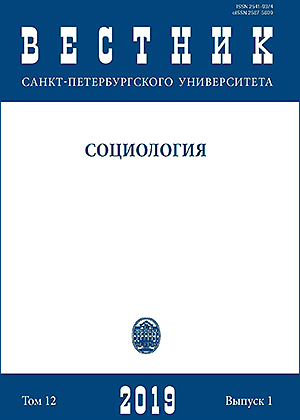Legitimacy for innovation through interacted perception
DOI:
https://doi.org/10.21638/spbu12.2019.101Аннотация
Парадокс инноваций как проблема быть инновационным и получить легитимность является основной проблемой, решению которой посвящено исследование, результаты которого представлены в данной статье. На основе качественного интервью обсуждается важность легитимации инновационного предпринимательства как процесса взаимодействия предпринимателя с заинтересованными сторонами и лицами. Рассматриваются факторы, влияющие на легитимацию инновационной деятельности. Обосновывается тезис о том, что понимание является основным фактором, влияющим на процесс легитимации. Кроме того, исследуются различные стратегии для предпринимателей по приобретению легитимности. В статье представлен новый подход к анализу легитимности инновационного предпринимательства, в рамках которого разрешается противоречие между учеными-институционалистами и учеными культурно-предпринимательского направления в отношении локации контроля в процессах легитимации. Автором обосновано, что контроль располагается между циклом влияния и циклом понимания.
Ключевые слова:
легитимность, инновации, предпринимательство, взаимодействие, стратегия
Скачивания
Библиографические ссылки
References
Загрузки
Опубликован
Как цитировать
Выпуск
Раздел
Лицензия
Статьи журнала «Вестник Санкт-Петербургского университета. Социология» находятся в открытом доступе и распространяются в соответствии с условиями Лицензионного Договора с Санкт-Петербургским государственным университетом, который бесплатно предоставляет авторам неограниченное распространение и самостоятельное архивирование.




